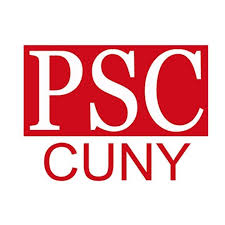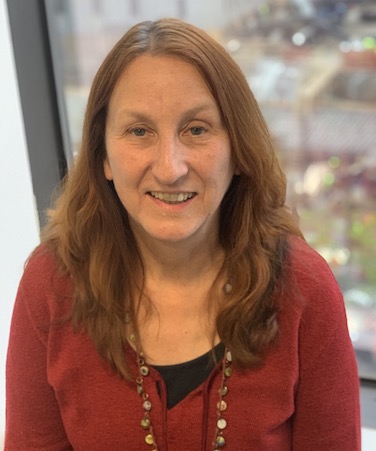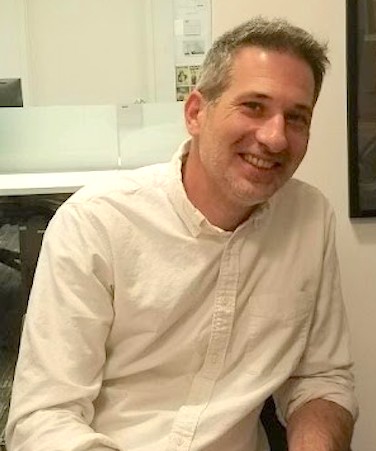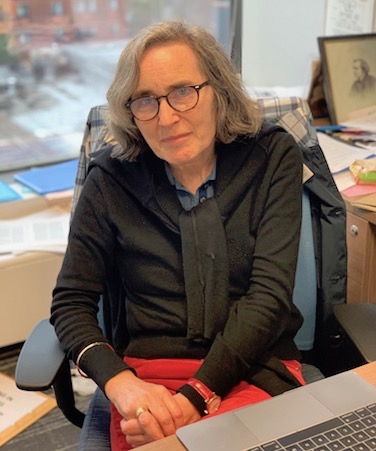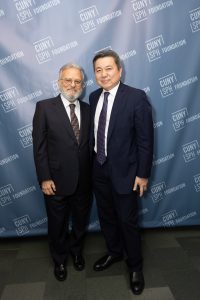The CUNY Research Foundation recently announced the recipients of the Professional Staff Congress-City University of New York (PSC-CUNY) Research Awards. CUNY SPH is proud to announce four of our faculty received grants through this program.
The PSC-CUNY Research Awards program was established as a major vehicle to encourage and support faculty research. PSC-CUNY seeks to enhance the University’s role as a research institution, further the professional growth and development of its faculty, and provide support for the established and junior scholar. Awards are distributed by the University Committee on Research Awards (UCRA), a faculty committee, and administered by the Research Foundation.

Nutrition and Dietetics Workforce needs skills and expertise in the New York Metropolitan area: Follow Up and Trends
“A previous study examined the desired skills and expertise for dietitians and nutritionists in position announcements in the NYC area, collected from 2010 to 2013. Ongoing collection of the same data from 2014 to 2019 will be analyzed and compared to our previous data to provide insight into trends in workforce needs in this job category. This information will be valuable in guiding development and evaluation of professional education programs. This is evidenced by the original paper being cited by the Council on Future Practice of the Academy of Nutrition and Dietetics in a “future scan” report for the profession.”
Assembling the Pieces in Vietnam: Developing an Agent Orange/dioxin contamination map through space and time
“We are creating a curated database to study the health risk posed by residual dioxin in Vietnam. From 1962-1971, 2.6 million acres of southern Vietnam were sprayed with approximately 12 million gallons of defoliant, principally Agent Orange, that was contaminated with the persistent, potent and well-characterized toxicant, 2,3,7,8 tetrachlorodibenzo(p)dioxin (TCDD). To date, many investigators and consultants have measured TCDD levels but a comprehensive analysis has not been conducted despite evidence that populations continue to be exposed. We’ll use GIS approaches to create maps of the location and intensity of contamination of humans (serum, breast milk); the environment (soil, sediment, water); and biota (plants, animals and foods). Besides identifying high risk locales, the maps will also indicate geographic gaps in the data in need of further investigation.”
Improving Measures of Geographic Access: The Dasymetric Enhanced Two-Step Floating Catchment Area Approach
“Geographic access, or lack of access, to specific resources (e.g., parks, healthful foods, primary care providers) can be a central factor influencing health-related behaviors including engagement in physical activity, diet, and general health. This research aims to improve upon geographic access measures by incorporating high-spatial resolution population estimates derived from dasymetric disaggregation with the enhanced two-step floating catchment area (E2SFCA) – a recently developed spatial method – in order to calculate a more nuanced estimate of geographic access.”
The role of insulin in chronic diseases
“Insulin is a life-saving treatment for type 1 diabetes. Nonetheless, despite glucose control, the life expectancy for people with type 1 diabetes is reduced by as much as 18 years, raising the question as to whether insulin has any adverse effects. The primary goal of this project is to assess the role of insulin in chronic diseases using two complementary methods, a systematic review and meta-analysis of randomized controlled trials and a Mendelian randomization study. MR studies take advantage of the random allocation of genetic material at conception to obtain randomization akin to the randomization in randomized controlled trials, thereby obtaining unbiased estimates. A secondary goal is to train one or two doctoral students from the City University of New York Graduate School of Public Health and Health Policy (CUNY SPH) in the use of this valuable new data analysis technique, which will enhance their skill sets and future research productivity.”

